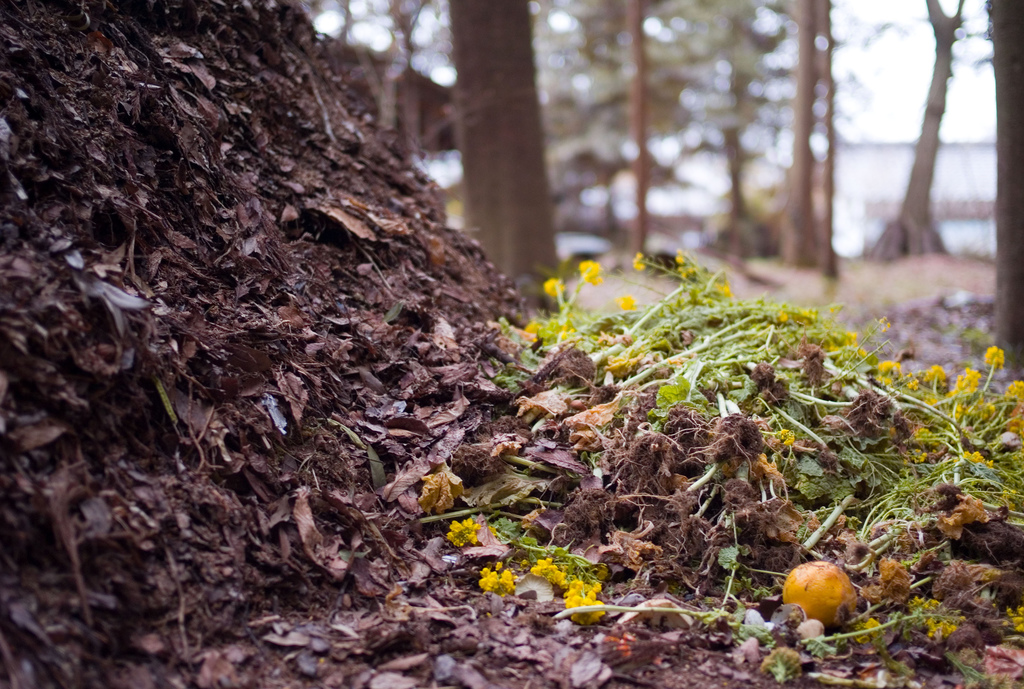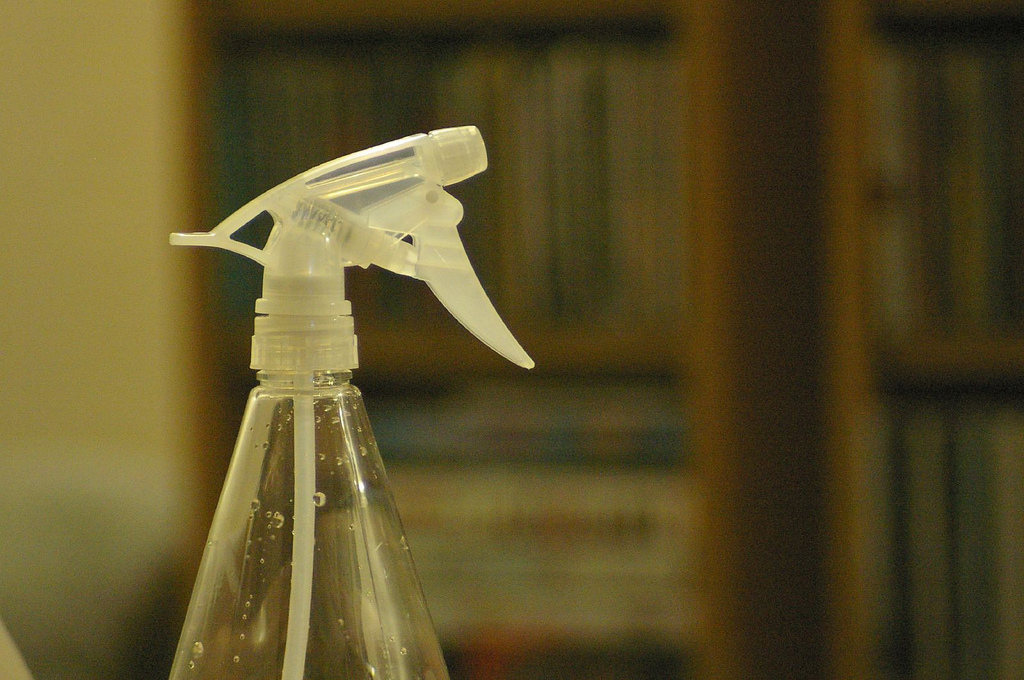Easy Perennial Greens
Often we think of taking the easy way out as a bad thing, but in gardening it can be best way to do things. One example is perennial greens. After getting a perennial green started and established, your yield is going to increase for years. You will also not have down time in your garden … Read more






